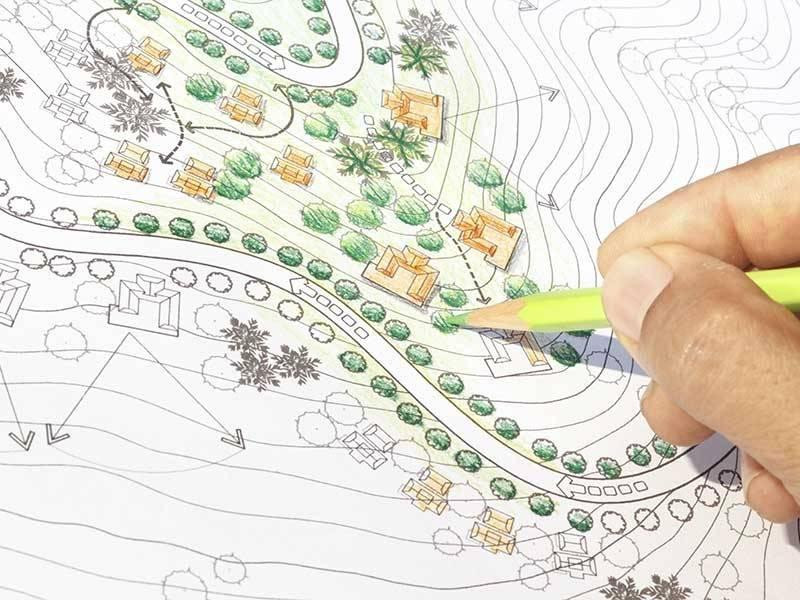Creating a beautiful and functional landscape begins with meticulous planning and attention to detail. One crucial aspect of landscaping that often goes unnoticed but plays a vital role in the success of any project is the site grading plan. Proper site grading is essential for achieving proper drainage, soil stability, and overall aesthetics. In this article, we'll explore the importance of a site grading plan in landscaping and provide insights into how to craft one for landscaping excellence.
The Significance of Site Grading in Landscaping
Drainage Control: One of the primary purposes of site grading in landscaping is to manage water drainage effectively. By shaping the land's contours and slopes, you can direct water away from structures, prevent erosion, and create well-drained areas for planting and outdoor activities.
Soil Stabilization: Site grading is essential for stabilizing the soil. Proper grading can prevent soil erosion, which is particularly important on slopes or hilly terrain. It also helps avoid soil compaction, which can hinder plant growth.
Aesthetics: A well-executed grading plan can enhance the visual appeal of your landscape. It allows for the creation of visually pleasing elements like terraces, retaining walls, and gently sloping lawns that add character and beauty to your outdoor space.
Accessibility: Proper grading ensures that your landscape is accessible and functional. It creates level areas for walkways, patios, and seating areas, making your outdoor space more enjoyable and user-friendly.
Plant Health: Grading can influence the health of your plants. It allows for proper soil preparation, drainage, and planting depth, all of which are crucial for the well-being of your landscape plants.
Crafting a Site Grading Plan for Landscaping
Site Analysis: Begin by conducting a thorough site analysis. Identify existing features like trees, buildings, utility lines, and natural topography. Understanding the site's current conditions is essential for planning changes effectively.
Determine Grading Objectives: Define your grading objectives based on the site's purpose and your landscaping goals. Consider factors such as drainage requirements, accessibility needs, and aesthetic preferences.
Contour Mapping: Create a contour map of the site to visualize the existing topography. This map will serve as the foundation for your grading plan. Use contour lines to represent different elevations, helping you identify high and low points.
Water Flow Analysis: Analyze the site's water flow patterns, including how rainfall and runoff move across the landscape. This information is critical for designing drainage solutions and preventing water-related issues.
Plan Changes: Based on your objectives and analysis, plan the changes you want to make to the site's grading. Determine areas that need excavation or filling to achieve the desired slopes, elevations, and contours.
Drainage Solutions: Incorporate drainage solutions into your grading plan. This may involve the installation of swales, catch basins, French drains, or other drainage systems to manage water runoff effectively.
Planting Zones: Identify suitable areas for planting. Consider factors like sunlight exposure, soil quality, and water availability when designating planting zones. Ensure that the grading plan accommodates the needs of your chosen plants.
Hardscape Elements: Integrate hardscape elements such as paths, patios, walls, and decks into your grading plan. Ensure that these elements are properly graded for functionality and aesthetics.
Erosion Control: Implement erosion control measures to prevent soil erosion during and after construction. This may include the use of erosion control blankets, silt fences, or vegetation cover.
Professional Input: If you're unsure about any aspect of your grading plan, consider consulting with a professional landscape architect or designer. Their expertise can help ensure that your plan aligns with your landscaping goals and local regulations.
For More Info:-






Comments